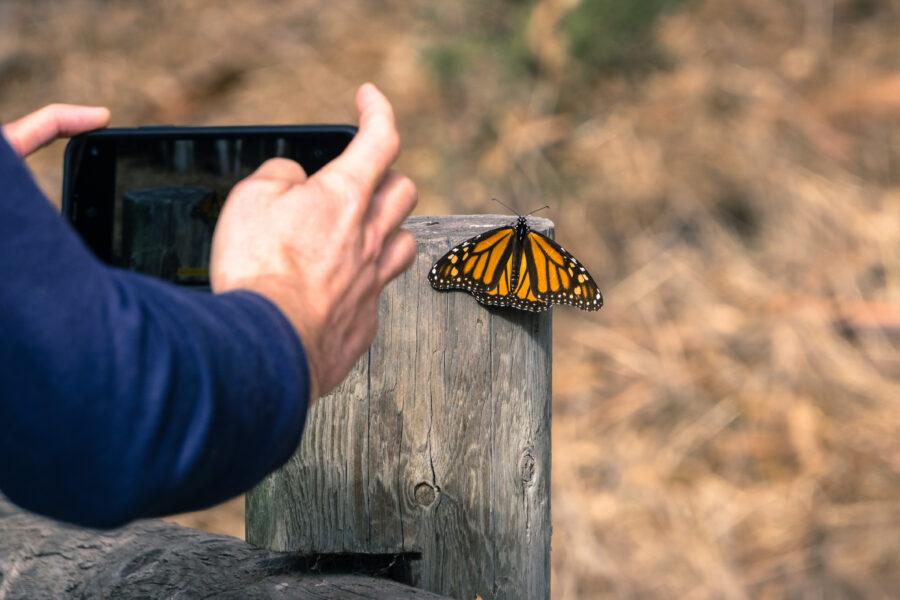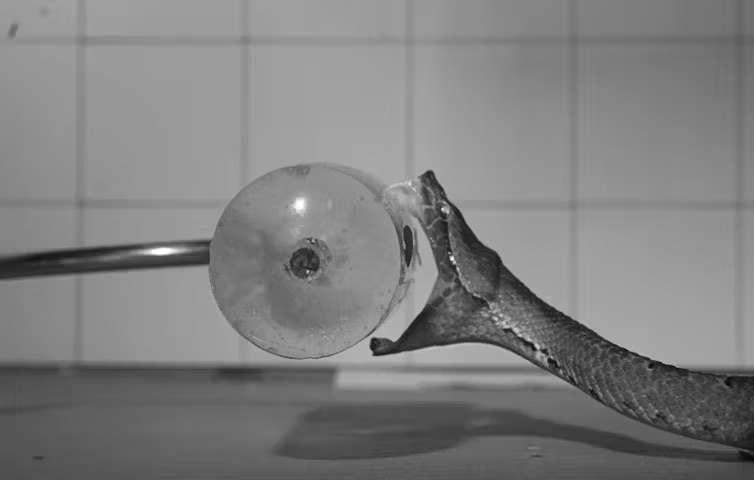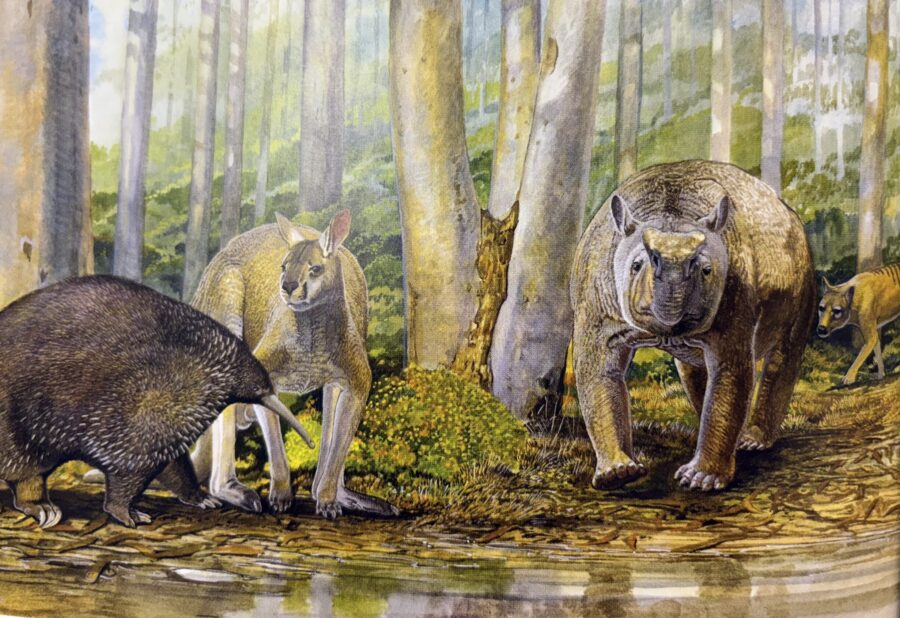Biodiversity loss: threat to our health

A MAJOR REASON WE should preserve biodiversity is for our own health, says a US researcher, doctor and author, who believes Australia’s ecosystems could hold secrets to human well-being.
Dr Aaron Bernstein of the Center for Health and the Global Environment at Harvard University acknowledges there are many reasons to preserve the natural world, but our focus should be on what it can do for us. “We need to understand the loss of ecological biodiversity is a loss to ourselves,” he says. “Our health is ultimately inseparable from the health of the natural world.”
Aaron, who gave a talk on the topic in Sydney last week, is the co-author of Sustaining Life: How Human Health Depends on Biodiversity.
“There is no determinant of health, be it food, water, air, shelter,
medicine…that does not derive from nature,” he says, and some secrets are yet to be discovered.
Medicine from nature
He says new pharmaceuticals are most likely to come from the natural world — a key example being the Pacific yew, a tree bearing needles that were discovered to have anti-cancer properties,
eventually leading to the drug Taxol. “In its heyday, Taxol was
generating US$1.6 billion per year,” Aaron says. “In the years preceding
its discovery [the Pacific yew] was worthless.”
Similar secrets may lie in Australia’s ecosystem, such as the thousands of types of protein in marine cone shell
snails. One of these has already been used to make the drug Ziconotide, which
is “a thousand times more powerful than morphine. It’s a watershed in
the treatment of pain.”
Professor Robert Capon, at the University of Queensland, is an expert
in the identification and evaluation of potentially useful chemical
compounds from Australian marine and terrestrial biodiversity. He
says there is no telling where the next wonder drug will come from:
“We’ll find the drugs from pretty much everything,” he says. “[A
discovery] could come from a rotten melon in your house.”
One of the areas Robert is focusing on is microbes in soil. “That’s
biodiversity below the vision of everyone – including politicians,” he
says. “It doesn’t have to be a beautiful rainforest tree or a stunning
cone shell.” Robert said that the biggest problems in
the search for new pharmaceuticals lie in the complex regulations and
lack of funding to support the research, and the fact that only a handful of people
in Australia are currently doing the work.
Habitat loss and disease
Aaron says one of the ways in which we haven’t joined the dots is how
habitat loss has brought diseased animals into more contact with
humans, leading to catastrophic pandemics. For example, SARS (Severe
Acute Respiratory Syndrome) came from bat populations that were
concentrated into areas inhabited by humans.
In terms of food production, there are many
thousands of fungi and bacteria that work together in the soil to
produce something apparently simple, such as an apple. “One gram of
soil may have in the order of millions, if not billions, of bacteria
from thousands of different species.” Aaron says. “We’re losing
species today at a rate not seen in 65 million years…we expect, by the
most conservative of estimates, to have lost a third to a half of all
species by the end of this century.”
Speaking at the Lowy Institute for International Policy in Sydney last week (lecture available here)
on the need to fight drivers such as habitat loss and climate change,
Aaron emphasised the need to hold onto as much biodiversity as
possible. “Once you lose an ecosystem or a species, you can’t buy it
back.”
LINKS
Warming world threatens plant diversity




